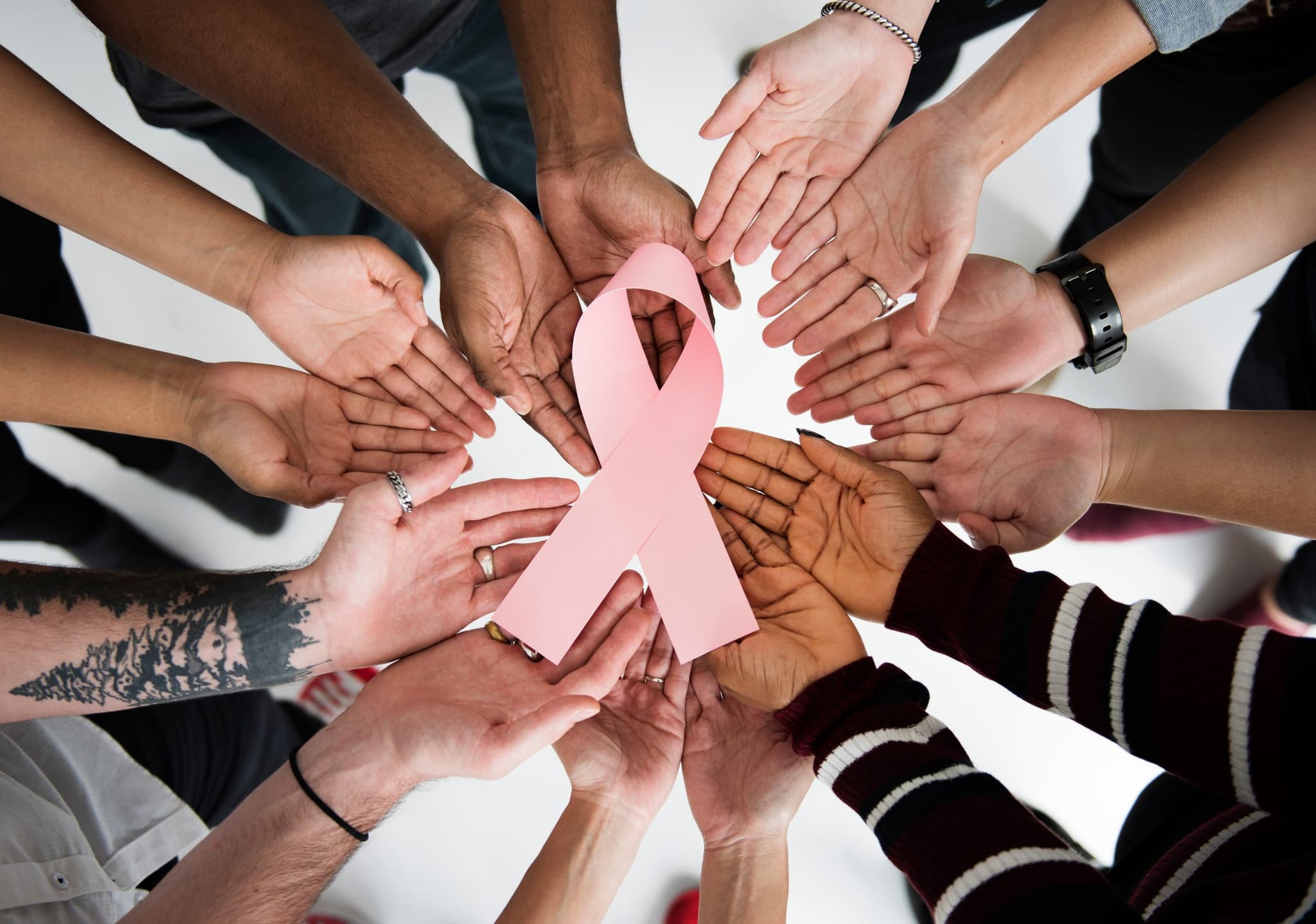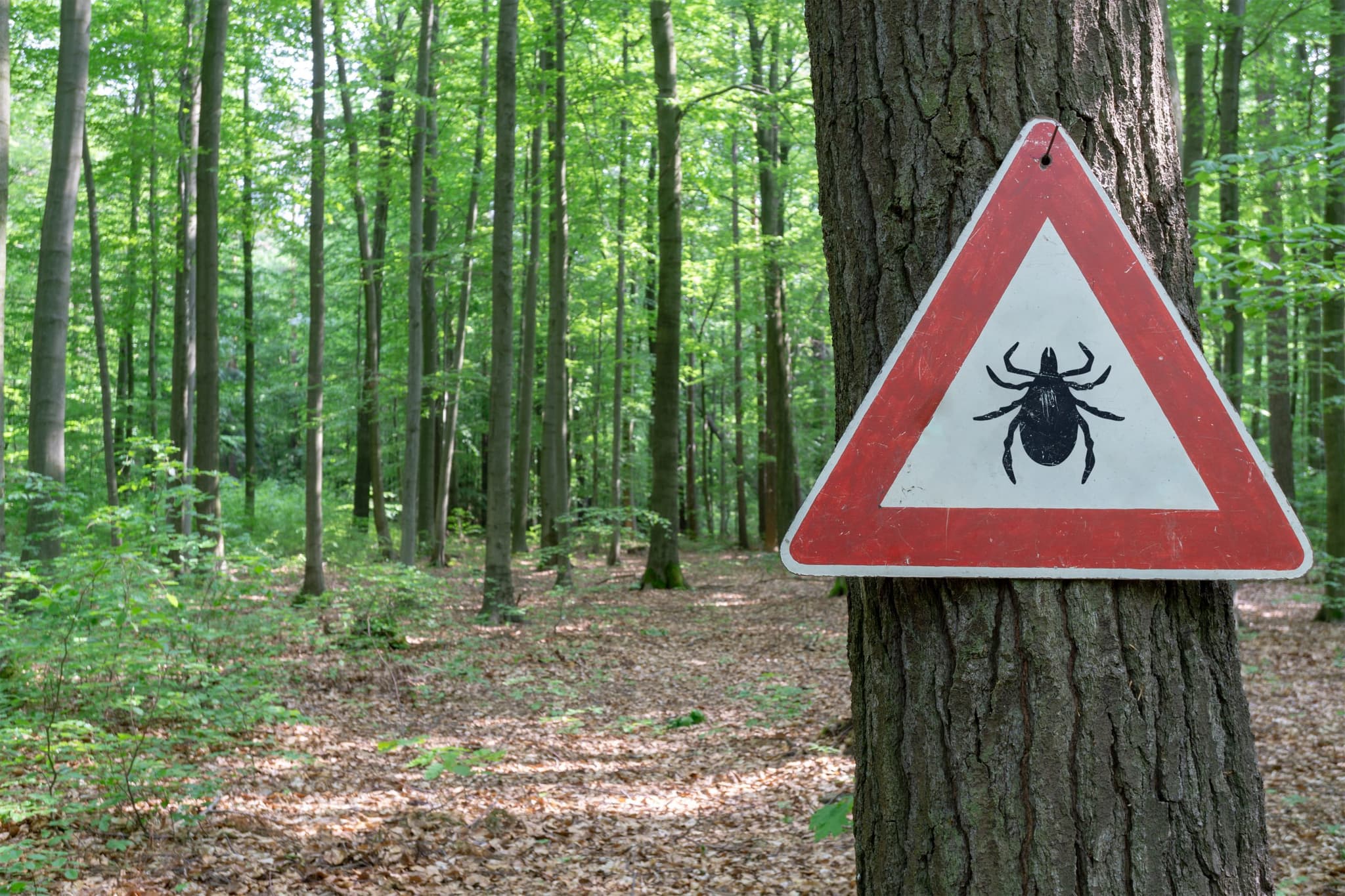
2025-11-21T14:10:25
How to Prevent Gestational Diabetes
- Family Medicine
- Internal Medicine
- OB/GYN
September 19, 2018 | Family Medicine • Uncategorized
Specialties:Family Medicine

No one really likes to talk about vaginal yeast infections, but it’s estimated that 75 percent of all women will get one at some point in her lifetime. It’s also known as candidiasis, for the fungus Candida that causes the infection. Candida is normally found in the body, not only in the vagina, but the mouth, throat and stomach, too. When the environment changes to let Candida grow, it can cause symptoms such as vaginal itching, pain when urinating or during sexual intercourse, and an abnormal discharge.
You can find many over-the-counter antifungal products in the health and beauty section of a grocery store. Look for ointments or suppositories with miconazole or clotrimazole. Simple yeast infections can often be treated at home, but if your symptoms return in less than two months, you should make an appointment with your doctor.
Many women use natural remedies—such as tea tree oil cream or coconut oil—to treat yeast infections at home, but these treatment methods are not as effective prescription or over-the-counter medication. You should always consult your doctor before trying any alternative treatment methods.
If self-care doesn’t treat the symptoms, you should make an appointment with your healthcare provider to see if you really have a yeast infection or if:
If you have a recurring infection, your partner may also need to be checked for a yeast infection.
Your doctor may prescribe medication to treat a vaginal yeast infection. For severe yeast infections or complicated cases, you may be prescribed a 14-day cream or suppository vaginal treatment. Fluconazole is a prescription tablet that often clears up a yeast infection in two or three doses. Prescription medicines often work much more effectively and quicker than over-the-counter medications. If you’re especially uncomfortable, you may want to see your doctor to get back to your normal routine quicker.
You can prevent yeast infections by:
Don’t be embarrassed if you’re experiencing yeast infections. According to the CDC, vaginal candidiasis is the second most common vaginal infection in the United States. Many women deal with this uncomfortable infection. Talk to your healthcare provider about treatment options.
WRITTEN BY:
The Live Better Team

2025-11-21T14:10:25

2025-11-03T11:32:24

2025-10-21T11:51:52

2025-08-20T16:07:59
This information is not intended to replace the advice of a medical professional. You should always consult your doctor before making decisions about your health.